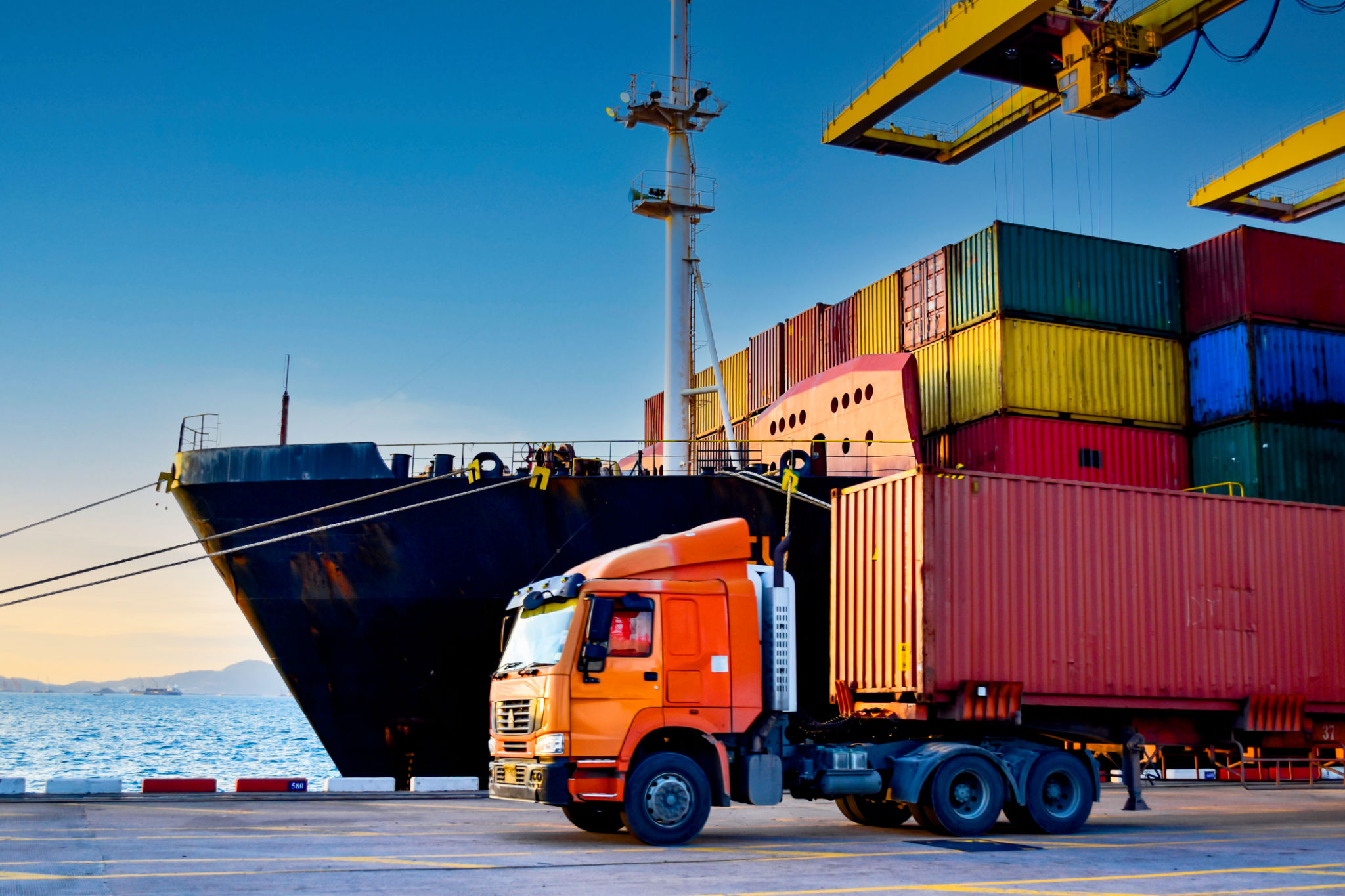The Future of Multimodal Logistics in Aerospace and Defense
Introduction to Multimodal Logistics
In the rapidly evolving landscape of aerospace and defense, logistics plays a crucial role in ensuring efficiency and effectiveness. Multimodal logistics, which involves the use of multiple modes of transportation, is becoming increasingly important. As the sector adapts to new challenges and opportunities, the integration of multimodal logistics strategies promises to revolutionize supply chain management.
Traditionally, aerospace and defense logistics have relied heavily on specific modes of transportation, such as air or road. However, the future is leaning towards a more integrated approach that leverages a combination of air, sea, rail, and road transport. This shift is driven by the need for greater flexibility, cost-effectiveness, and sustainability.

Technological Advancements
The future of multimodal logistics in aerospace and defense is closely tied to technological advancements. Innovations such as autonomous vehicles, drones, and blockchain technology are set to transform how goods are transported and tracked. Autonomous vehicles can optimize routes and reduce human error, while drones offer rapid delivery solutions for critical components.
Blockchain technology enhances transparency and security across the supply chain. By providing a decentralized ledger for transactions, it ensures that all stakeholders have access to accurate and real-time information. This transparency is especially vital in the aerospace and defense sector, where security and accountability are paramount.

Environmental Considerations
As global awareness of environmental issues grows, the aerospace and defense industry must also consider its impact on the planet. Multimodal logistics offers a pathway to reducing carbon footprints by optimizing routes and utilizing fuel-efficient modes of transport. Combining sea and rail transport, for example, can significantly lower emissions compared to air or road alone.
Moreover, companies are investing in greener technologies, such as electric vehicles and hybrid systems, to further minimize their environmental impact. These innovations not only contribute to sustainability but also enhance the industry's public image as a responsible steward of the environment.
Challenges in Implementation
Despite its potential benefits, implementing multimodal logistics in aerospace and defense is not without challenges. One major hurdle is the complexity of coordinating multiple transportation modes across international borders. Regulatory differences and security concerns can complicate logistics planning and execution.
Another challenge is the need for infrastructure development. Efficient multimodal logistics requires modernized ports, railways, and road networks to support seamless transitions between transport modes. Investment in infrastructure is crucial for maximizing the benefits of multimodal strategies.

The Role of Data Analytics
Data analytics is playing an increasingly important role in optimizing multimodal logistics operations. By analyzing large volumes of data, companies can gain insights into supply chain performance and identify areas for improvement. Predictive analytics can forecast demand patterns, enabling more efficient resource allocation and reducing delays.
Furthermore, real-time data monitoring allows for proactive decision-making, helping to mitigate risks and respond quickly to disruptions. This capability is particularly valuable in aerospace and defense logistics, where timely delivery is often critical.
The Path Forward
The future of multimodal logistics in aerospace and defense is bright, with numerous opportunities for innovation and improvement. As the industry continues to evolve, adopting integrated logistics strategies will be key to maintaining competitiveness and meeting the demands of a dynamic global market.
Collaboration between governments, industry leaders, and technology providers will be essential in overcoming challenges and realizing the full potential of multimodal logistics. By working together, stakeholders can develop solutions that enhance efficiency, sustainability, and security across the supply chain.
